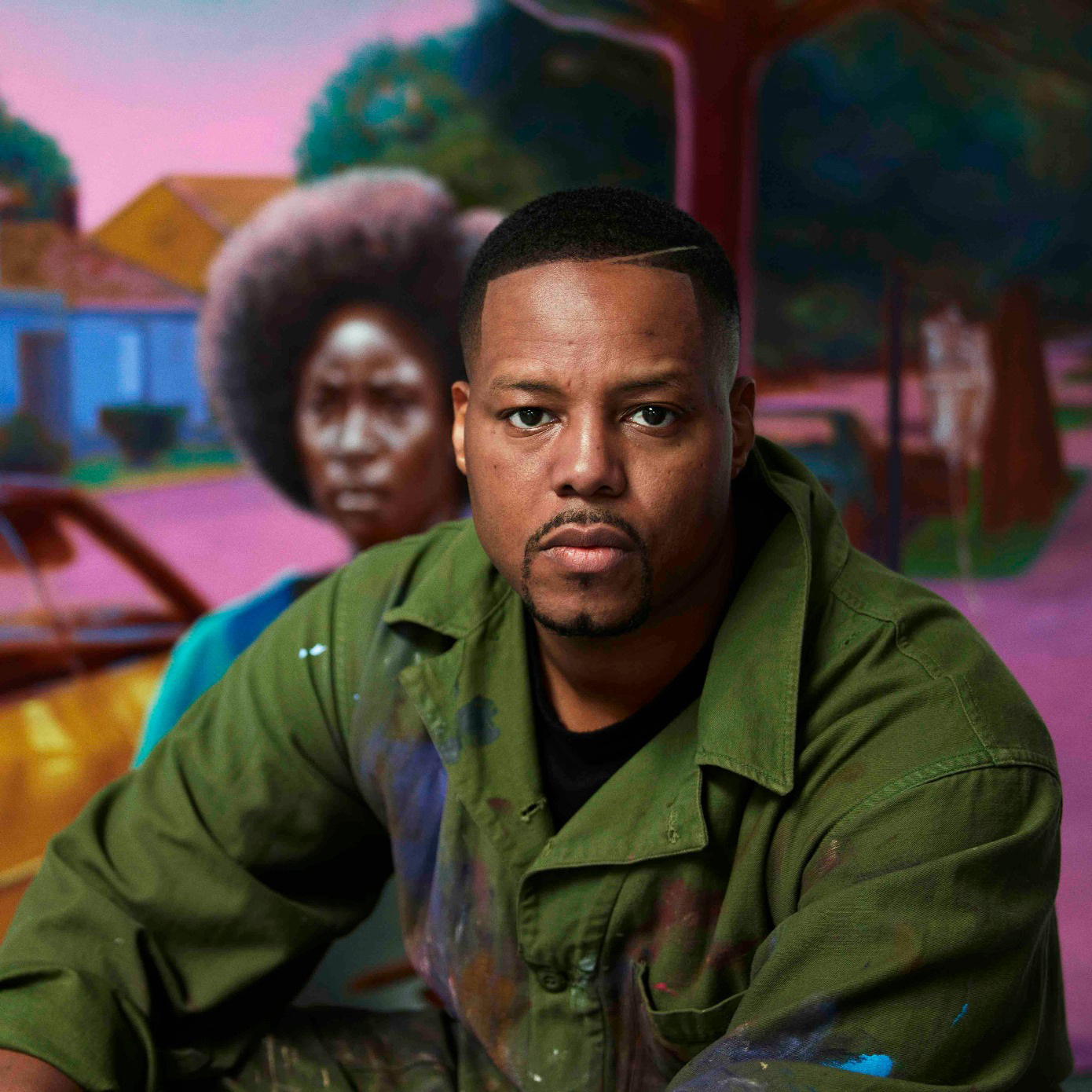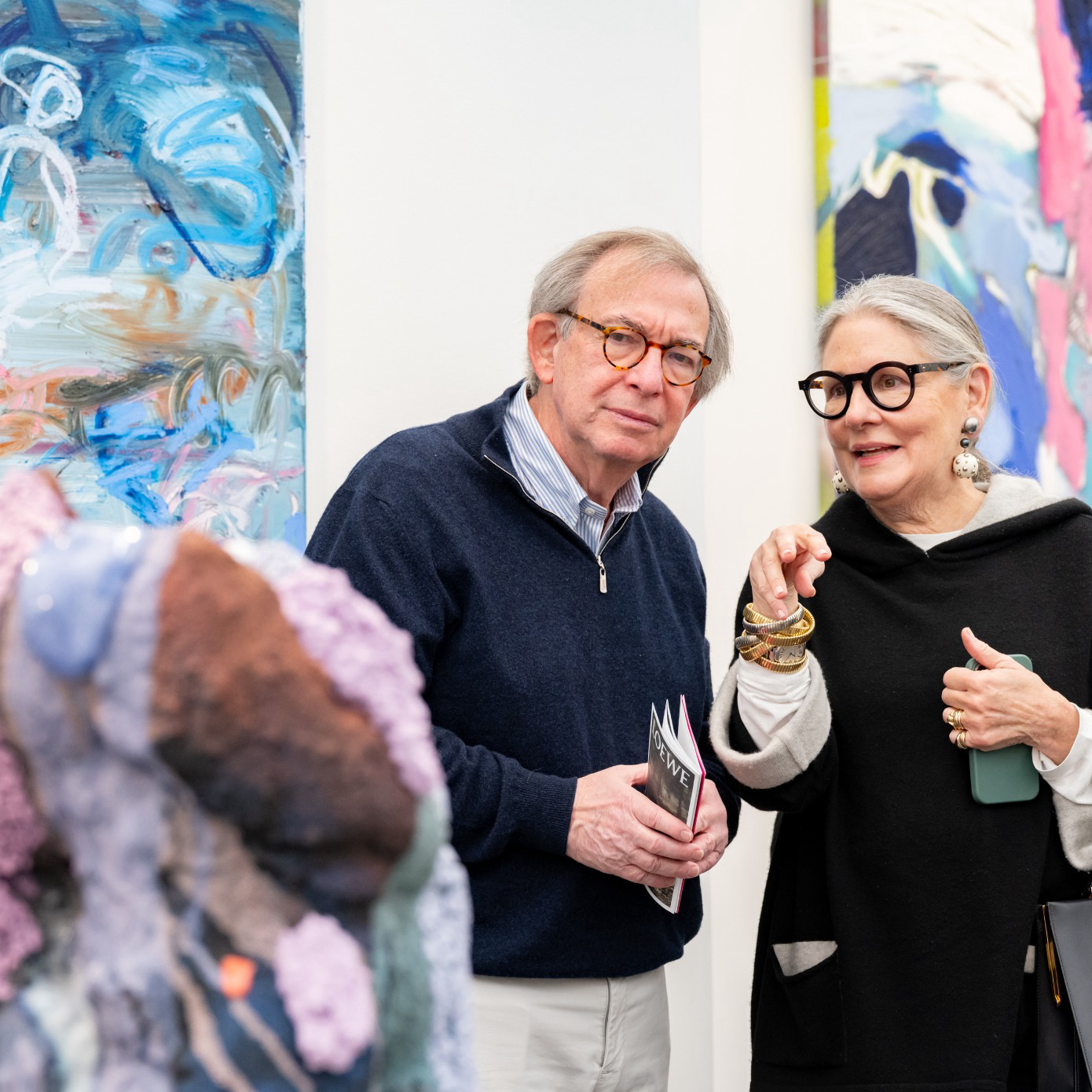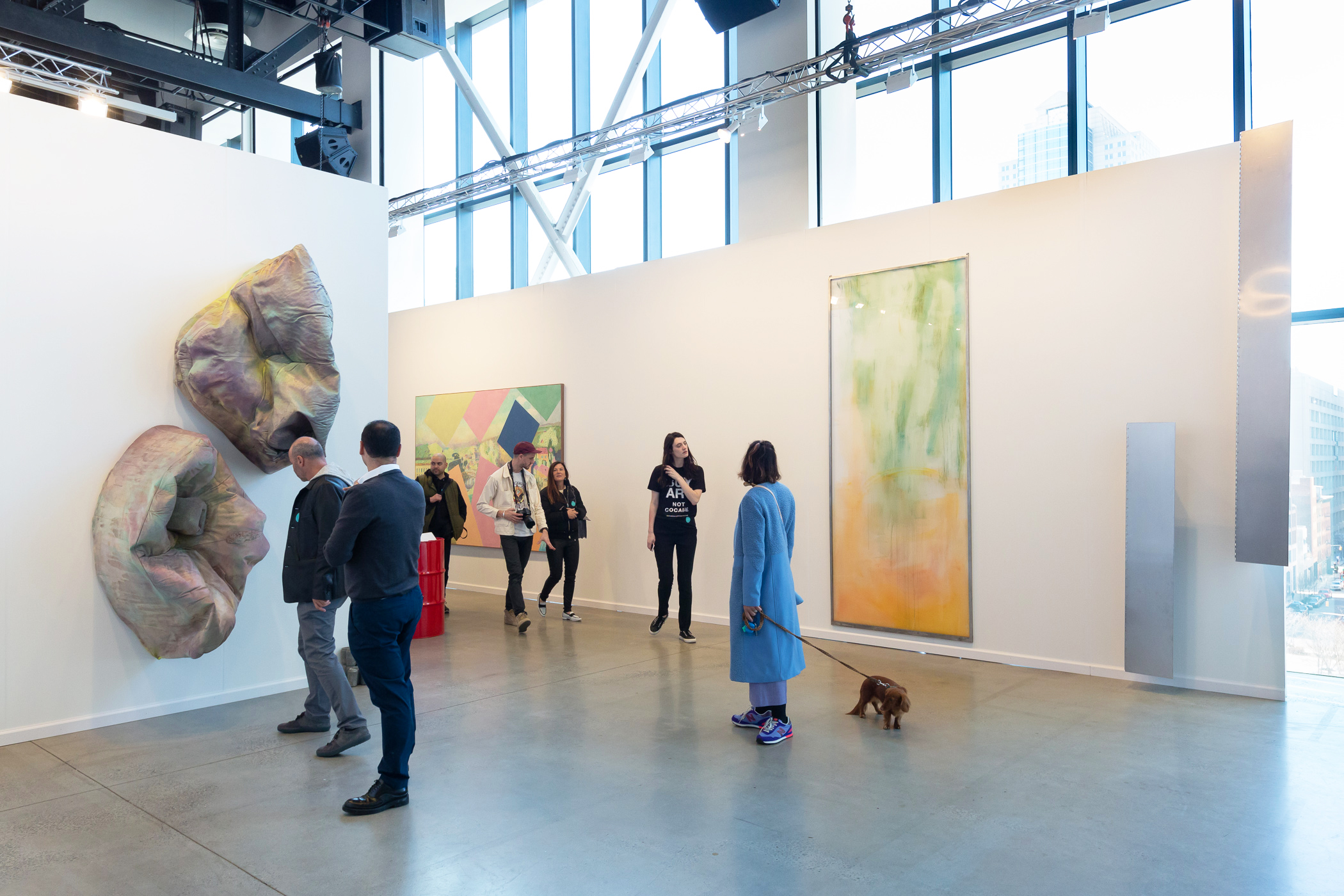
Each spring, New York’s art fairs set up shop across the city to sell the latest in contemporary art. This year, some of the city’s biggest fairs are expanding their square footage, doubling down on curatorial presentations and making space for younger voices. In another sign that change is in the air this spring, many of the fairs are being led by women. Here, the directors of the Armory Show, NADA New York and Independent art fair preview what collectors and visitors can expect at their 2018 editions.
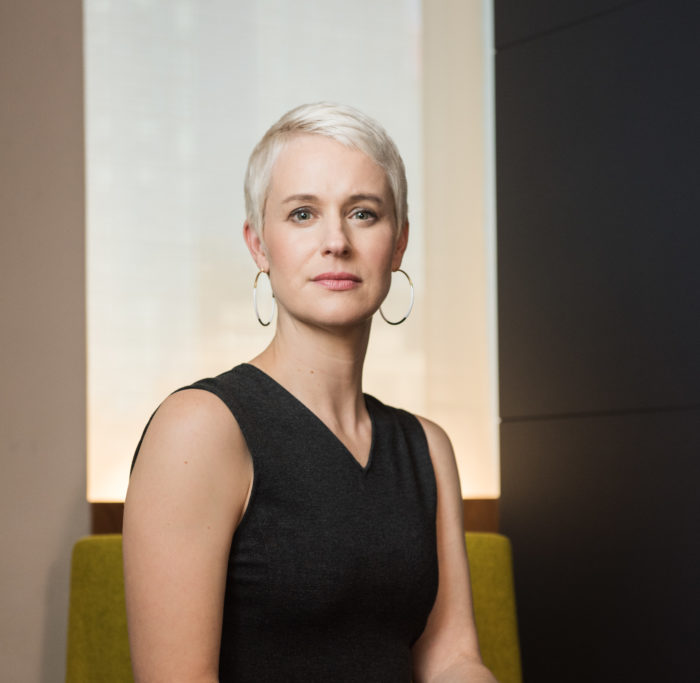
The Armory Show “This is New York’s fair,” says Nicole Berry, the newly appointed executive director of the Armory Show. “This year we are going to build on the changes we made to the floor plan last year,” she adds. “For us, a successful fair is a fair that is about the experience.” Started 24 years ago by a group of the city’s leading dealers who wanted to showcase and sell Modern and contemporary art, the Armory Show, running March 8–11 on Piers 92 & 94, will feature more than 200 international galleries, including established titans such as Gagosian and Jack Shainman and newcomers to the fair, like Los Angeles-based, Night Gallery and Asia’s Pearl Lam Galleries. “It won’t feel like booth after booth after booth,” explains Berry, “because there’s more of an emphasis on curated presentations and fewer larger booths.”
This year, in addition to the galleries’ presentations, the Museum of Contemporary Art Chicago curator Naomi Beckwith will chair the show’s inaugural Curatorial Leadership Summit, a day-long program for leading curators to discuss the contemporary art practice. The 2018 Armory Show is also expanding its offerings of curatorially minded projects. For Platform, the section devoted to large-scale and site-specific artworks— introduced last year with a dazzling Yayoi Kusama installation—independent curator Jen Mergel will present “The Contingent.” The show, which will be staged inside and outside of the fair, “showcases artworks that respond dynamically to the site: New York’s world symbolism, the Piers’ expansive scale and the fair’s dynamic social activity,” says Mergel. Mergel’s Platform section complements the fair’s expanded Focus section, which realizes the vision of an annually appointed curator. For 2018 Focus, the Minneapolis Institute of Art curator Gabriel Ritter brings together a selection of 34 intergenerational artists, including Emma Amos, Bruce Nauman and the emerging artist Tabita Rezaire. The section asks some big questions, according to Ritter: “What does it mean to be human, to exist within a body, especially as we rely more and more on technology to define who we are?”
“There’s a real energy at the Armory Show that’s imperative that we keep,” says Berry, but by changing the layout and adding ambitious curatorial projects she believes the programming will be invigorated. “We are trying to create a new Armory Show because change is good,” she says.
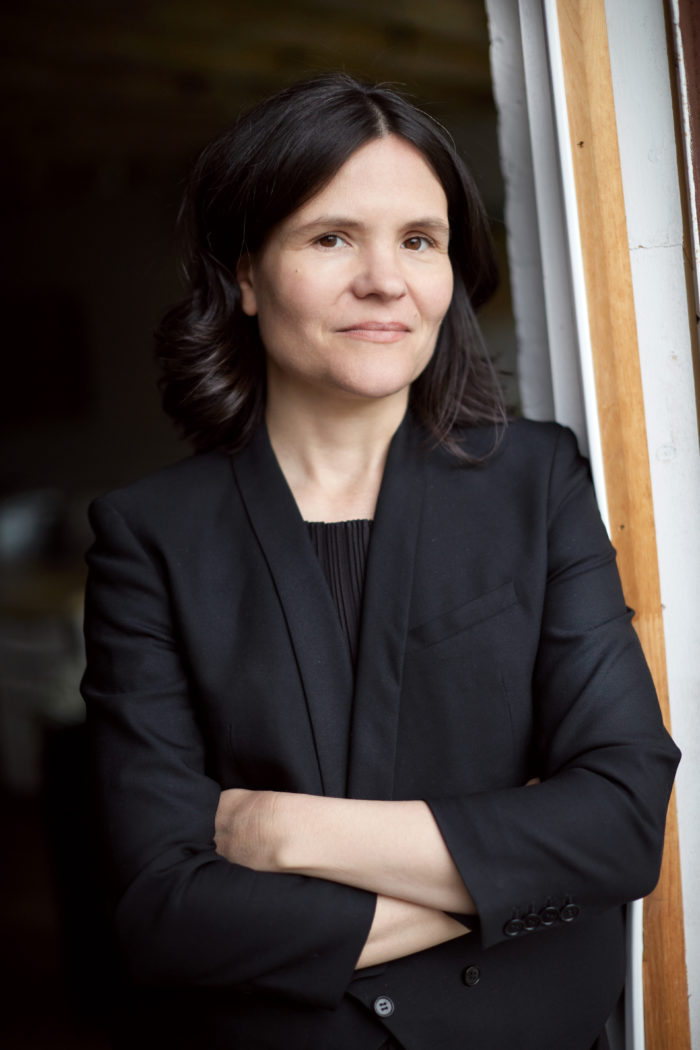
NADA New York “I think what NADA is ultimately about is community,” says the fair’s executive director Heather Hubbs. The seventh edition of New Art Dealers Alliance (NADA) New York, the premier nonprofit fair, on view March 8–11 at Skylight Clarkson Square, is dedicated to advancing original voices in contemporary art. “We are an organization that was formed for galleries and people working with contemporary art, as its founding principle,” explains the director, “and that’s the group we are here to serve.”
This year NADA Projects, the platform for presenting new emerging art within the fair environment, is expanding to include 28 international exhibitors, including Mexico’s Parallel Oaxaca, Poland’s Stereo, Germany's Syndicate and Puerto Rico's Embajada, which is presenting a solo project by abstract painter Rafael Vega. “We decided to expand NADA Projects because we wanted to included more galleries with idiosyncratic programs, such as artist-run spaces like Essex Flowers, and independent curators,” says Hubbs. “We have really tried to build something that anyone can come and be a part of on some level.”
One of the new initiatives the fair is introducing in New York to continue to empower NADA’s burgeoning community is an acquisition fund. A portion of ticket sales will be used to gift a work of art exhibited at the fair to a museum; this year’s recipient is the Bronx Museum of Art. “We are about making art accessible for anyone,” says Hubbs.
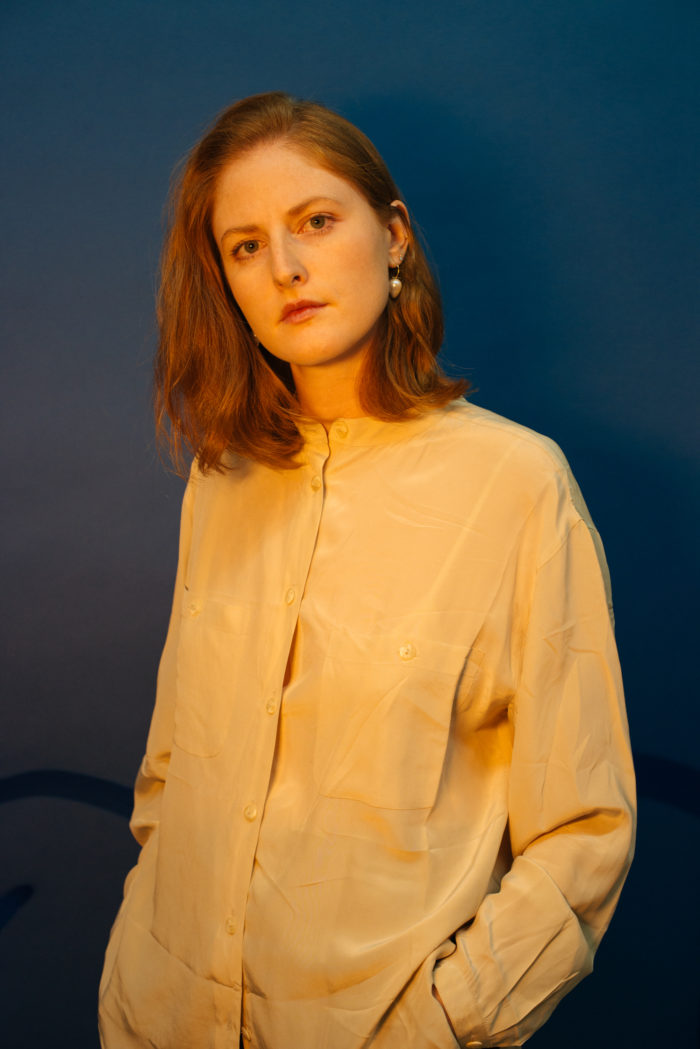
Independent Art Fair “This year we have an exciting group of galleries that might be a little unexpected,” says the fair’s New York director, Alix Dana. “We focus on conversation and collaboration with the galleries in the planning of each booth to facilitate fresh and ambitious ideas.” As a result, galleries see Independent as an opportunity to introduce unique projects or unfamiliar work in the context of their peers, and many plan their presentation at the fair as an extension of their year-round program.
This year, the invitation-only fair, open from March 8–11 at Spring Studios, will present 55 international galleries and nonprofits. Garth Greenan Gallery will present a historic solo presentation of Jaune Quick-to-See Smith’s I See Red paintings; Sikkema Jenkins & Co. will present work by the late Tony Feher, highlighting and contextualizing important series from his three- decade career; and Ricco/Maresca will juxtapose 20th-century works by artist Martín Ramírez with the contemporary artist Leopold Strobl, who both depict highly stylized, mysterious scenes on paper. The breezy ground-floor exhibition space will feature a curated, globally diverse mix of nine galleries, including London’s The Sunday Painter, New York’s Magenta Plains, L.A. and London’s Ibid Gallery and the Madrid- and Guadalajara-based art space Travesía Cuatro.
“Independent, since the beginning, has prided itself on being a platform for different kinds of art,” says Dana. “We are bringing that to another level this year.” The director adds, “We don’t have a formal application process or strictly micromanage what everyone tries to do.” The result is an interesting and authentic contemporary reflection of the international gallery scene.


